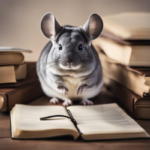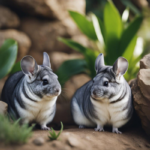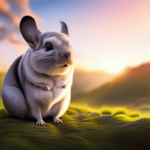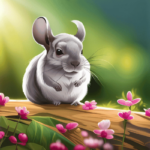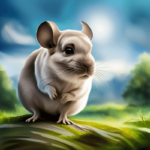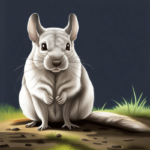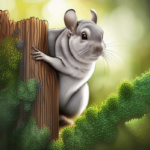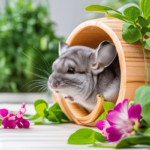Chinchillas, with their impossibly plush fur and captivatingly bright eyes, are undeniably charming creatures. But for these delicate dynamos, Chinchilla Fur Care isn’t just a matter of aesthetics it’s a vital part of their health and wellbeing.
Their dense, velvety coat requires specific care to stay clean, healthy, and oh-so-soft. This extensive guide delves into the nuances of caring for your chinchilla’s fur, offering tips, tricks, and expert advice.
Why is Chinchilla Fur Special?
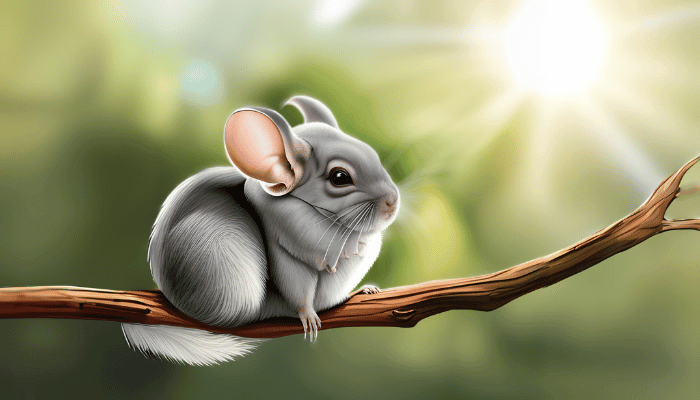
Chinchilla fur reigns supreme in the animal kingdom, boasting unparalleled softness thanks to its dense, impossibly fine fibres that feel like velvet dipped in the moonlight. This unique coat provides not just a luxurious touch but also vital insulation for their harsh mountain life.
How Often Should You Groom Chinchilla Fur?
Chinchillas’ luxurious fur requires surprisingly little upkeep! While gentle brushing once or twice a week keeps things tidy, their secret weapon is the dust bath. These volcanic ash havens absorb oils and dirt, maintaining natural shine and health.
Skip the watery dip, as it can wreak havoc on their dense coat. Remember, consistency and gentle care are key to keeping your chinchilla’s fur a fluffy marvel.
Chinchilla Fur Care: What You Need to Know

Chinchillas boast some of the softest fur in the animal kingdom. Let’s explore the ins and outs of maintaining your furry friend’s luxurious coat.
Understanding Chinchilla Fur Composition
Chinchilla fur is uniquely dense, featuring an astonishing 60 hairs per follicle. Comprising protective guard hairs and an insulating undercoat, the fine texture offers both luxury and functionality. Regular grooming is essential to prevent matting, preserving the fur’s plushness and contributing to the chinchilla’s overall health and comfort.
Grooming Rituals
Maintaining a routine for chinchilla fur care is essential. Brush your chinchilla’s fur at least twice a week to eliminate loose hairs and thwart hairball formation. This regular grooming not only preserves the soft and dense texture of their fur but also promotes their overall well-being by preventing potential digestive issues.
Grooming Tips for the Softest Coats
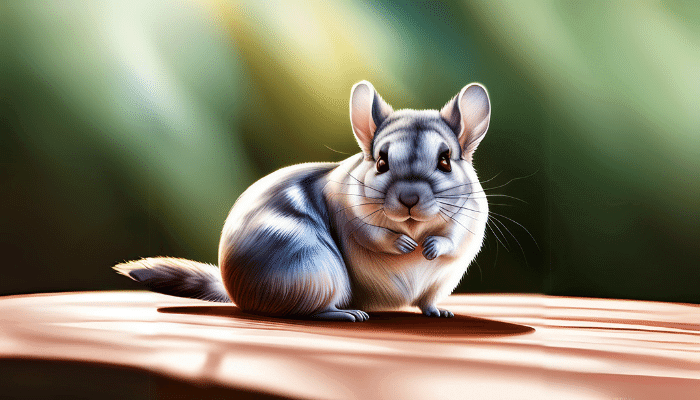
Now that we’ve covered the basics, let’s delve deeper into grooming techniques for that extra softness:
The Art of Dust Baths
Chinchillas love dust baths, and it’s not just for play. Rolling in dust helps remove excess oil and dirt from their fur, promoting a clean and lustrous coat. Provide a dust bath two to three times a week for optimal results.
Trimming the Right Way
While Chinchillas groom themselves, occasional assistance is necessary. Trim their fur carefully, especially around the genital area, to prevent any hygiene issues. Use small, blunt-tipped scissors for precision.
Tackling Shedding Woes
Chinchillas shed their fur, and it’s perfectly normal. However, excessive shedding might indicate health issues. Keep an eye on your pet’s shedding patterns, and consult a vet if you notice anything unusual.
Grooming Gadgets

Investing in the right grooming tools is crucial for effective chinchilla fur care. Here are some must-haves:
Quality Slicker Brush
A high-quality slicker brush is your chinchilla’s best friend. It gently removes loose fur and prevents tangles. Look for brushes with fine, soft bristles for optimal results.
Chinchilla-Safe Shampoo
Occasional baths are necessary for chinchillas, especially if they get into something sticky or dirty. Choose a chinchilla-safe shampoo to keep their fur clean without stripping away essential oils.
Gentle Detangling Comb
When faced with stubborn mats and tangles in your chinchilla’s fur, a gentle detangling comb becomes indispensable. Exercise patience and gentleness, slowly working through any knots. This approach ensures that the combing process is comfortable for your chinchilla, preventing stress and maintaining the integrity of their luxurious and dense fur.
Supplements for Shine
Boost your chinchilla’s fur radiance by incorporating chinchilla-safe supplements loaded with omega-3 fatty acids. These supplements play a key role in enhancing the natural shine and silkiness of your chinchilla’s fur. A nourished coat not only looks lustrous but also contributes to the overall health and well-being of your furry companion.
Environmental Factors

The environment plays a crucial role in the well-being of your chinchilla. Ensure the following factors are considered:
Optimal Temperature and Humidity
Create an ideal habitat for your chinchilla by ensuring optimal temperature and humidity conditions. Chinchillas flourish in cool, dry environments, so maintaining temperatures between 60-70°F (15-21°C) and humidity levels below 50% is crucial. These conditions not only promote their well-being but also prevent potential fur-related issues, keeping their dense coats healthy.
Adequate Ventilation
Maintaining proper ventilation is crucial for your chinchilla’s well-being, as it prevents excess moisture that may result in fur issues. Ensure good air circulation in their habitat to mitigate the risk of fur-related problems. This simple measure contributes to a comfortable environment, promoting the health and quality of their dense fur.
Conclusion
In conclusion, mastering Chinchilla Fur Care is the key to ensuring your furry companion remains happy and vibrant. Regular grooming, a balanced diet, and a suitable environment are the pillars of a healthy chinchilla. So, embark on this journey of care, and watch your chinchilla’s fur flourish in all its glory.
FAQs
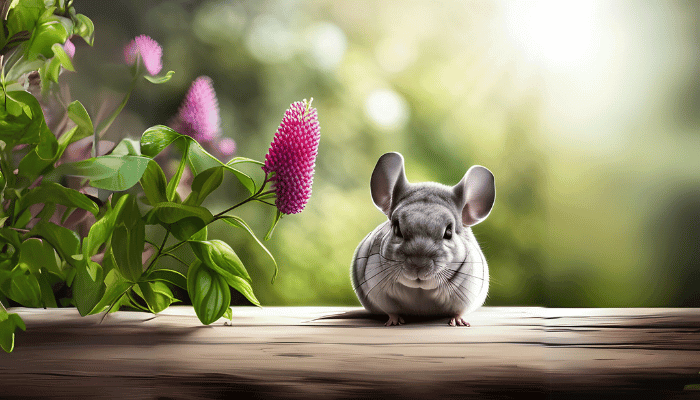
Can I use human grooming products on my Chinchilla’s fur?
No. Chinchilla Fur Care requires specialized products. Human shampoos and conditioners can harm their sensitive skin and strip away essential oils.
How often should I provide a dust bath?
Ideally, two to three times a week. Over-bathing can lead to dry skin, so strike a balance for a healthy, glossy coat.
Are There Specific Foods for Shinier Fur?
While no magic food guarantees shinier fur, a balanced diet with high-quality pellets, fresh hay, and occasional treats contributes to overall health and fur vibrancy.
How Do I Prevent Fur Chewing?
Fur chewing can be a sign of stress. Ensure your chinchilla has a stimulating environment with plenty of toys, hideouts, and social interaction to minimize this behavior.
What signs indicate an unhealthy chinchilla coat?
A: Watch out for fur clumps, bald spots, or a dull appearance. These may signal health issues and should prompt a vet visit.
How do I handle matting in my chinchilla’s fur?
Use a chinchilla-safe detangler and a gentle brush to tackle mats. Avoid pulling or cutting as it can cause distress.


